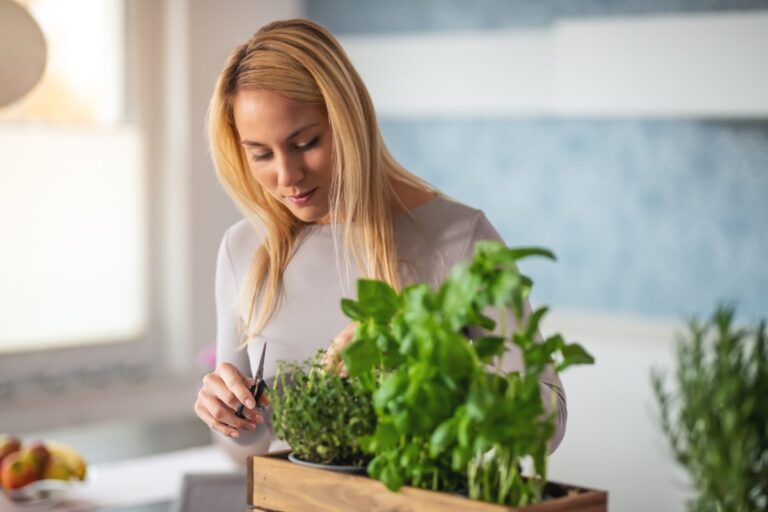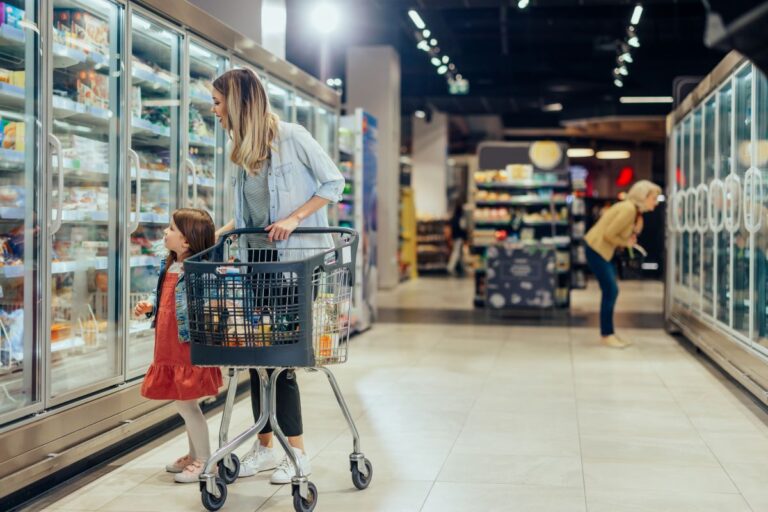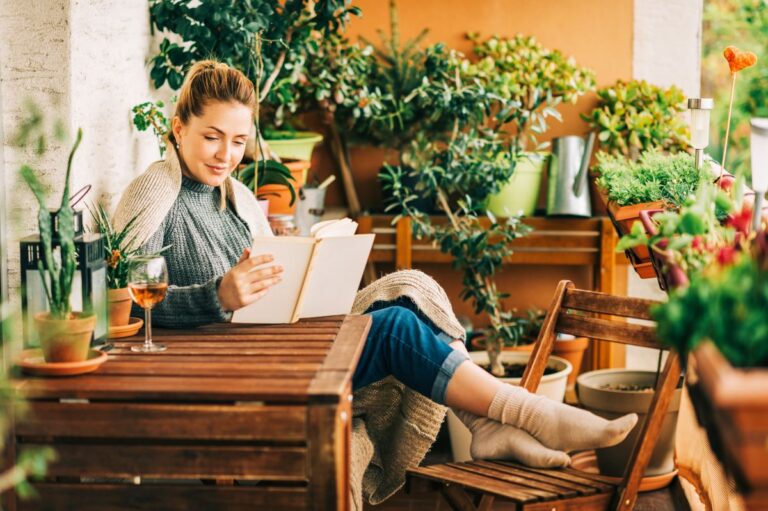Elevate Your Coffee Game with These Expert Brewing Tips
Brewing the perfect cup of coffee at home can be an art and a science. With the right techniques and tools, you can enjoy a delicious cup every time. Here are 12 tips to help you master the art of home coffee brewing.
1. Choose High-Quality Beans

Start with fresh, high-quality coffee beans. Look for beans that are roasted within the past two weeks for the best flavor. Specialty coffee shops often provide the freshest options.
2. Store Your Beans Properly

Store your coffee beans in an airtight container in a cool, dark place. Avoid keeping them in the fridge or freezer as moisture can affect their flavor. A vacuum-sealed container is ideal.
3. Use the Right Grind Size

The grind size of your coffee beans should match your brewing method. Coarse grinds are best for French press, medium for drip coffee makers, and fine for espresso. Using the wrong grind size can result in poor extraction and flavor.
4. Measure Your Coffee

Use a kitchen scale to measure your coffee accurately. A general rule is to use a 1:15 coffee-to-water ratio, which means 1 gram of coffee for every 15 grams of water. This ensures a balanced and consistent brew.
5. Use Filtered Water

Water quality significantly affects the taste of your coffee. Use filtered water to remove impurities that can alter the flavor. Avoid using distilled water as it lacks minerals that enhance the coffee’s taste.
6. Control the Water Temperature

The ideal water temperature for brewing coffee is between 195°F and 205°F (90°C to 96°C). Water that’s too hot can over-extract and make the coffee bitter, while too cold can under-extract and make it weak. Use a thermometer or a kettle with temperature control.
7. Pre-Wet Your Coffee Grounds

Pre-wet, or bloom, your coffee grounds by pouring a small amount of hot water over them and letting it sit for about 30 seconds. This releases carbon dioxide and allows for better extraction. It’s especially important for fresh coffee beans.
8. Use the Right Brewing Method

Choose a brewing method that suits your taste and lifestyle. Methods like French press, pour-over, and AeroPress offer more control over the brewing process, while drip coffee makers are convenient for larger quantities.
9. Pay Attention to Brew Time

The brewing time varies depending on the method. For example, French press typically requires 4 minutes, while espresso takes about 25-30 seconds. Over-brewing or under-brewing can negatively impact the flavor.
10. Stir Your Coffee

Stir your coffee grounds during brewing to ensure even extraction. This helps distribute the coffee evenly in the water, enhancing the flavor. Be gentle to avoid agitation, which can make the coffee bitter.
11. Clean Your Equipment

Regularly clean your coffee equipment to prevent old coffee oils and residues from affecting the flavor. Use a mixture of water and mild detergent, and thoroughly rinse everything to remove any soap residue. Descale your coffee maker periodically to remove mineral build-up.
12. Experiment and Adjust

Don’t be afraid to experiment with different beans, grind sizes, and brewing methods. Adjust variables like coffee-to-water ratio and brew time to find your perfect cup. Tasting your coffee and noting what you like or dislike can help you refine your technique.
Ready to Brew?

With these tips, you can make a delicious cup of coffee at home that rivals your favorite café. What new coffee-making technique will you try first?
Banned in the USA: 14 Everyday Items We Can’t Have

Ever feel like America’s rulebook was written by someone with a dartboard? Across the pond or down under, things get even wackier. Let’s take a walk on the wild side of global “Do’s” that are definite “Don’ts” in the Land of the Free. Are you ready to find out just how bizarrely different the world can be? Banned in the USA: 14 Everyday Items We Can’t Have
Gone From the Shelves: Why 18 American Staples Vanished
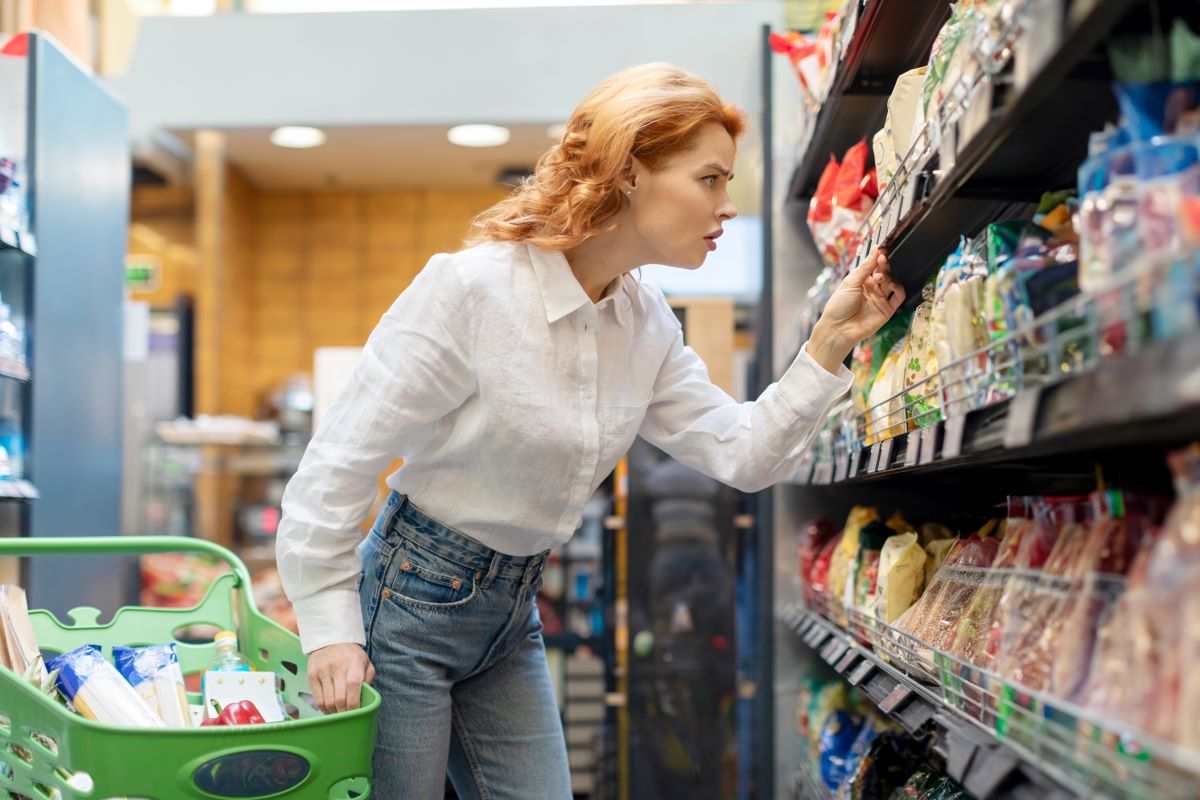
Over the years, various foods that were once staples in American kitchens have been banned or are no longer allowed to be sold due to health, environmental, or ethical reasons. Here’s a list of 18 such items, detailing why they’ve been pulled off the market. Do you remember any of these? Gone From the Shelves: Why 18 American Staples Vanished
Eat & Drink at Your Own Risk: 20 Foods to Keep Away From Your Family
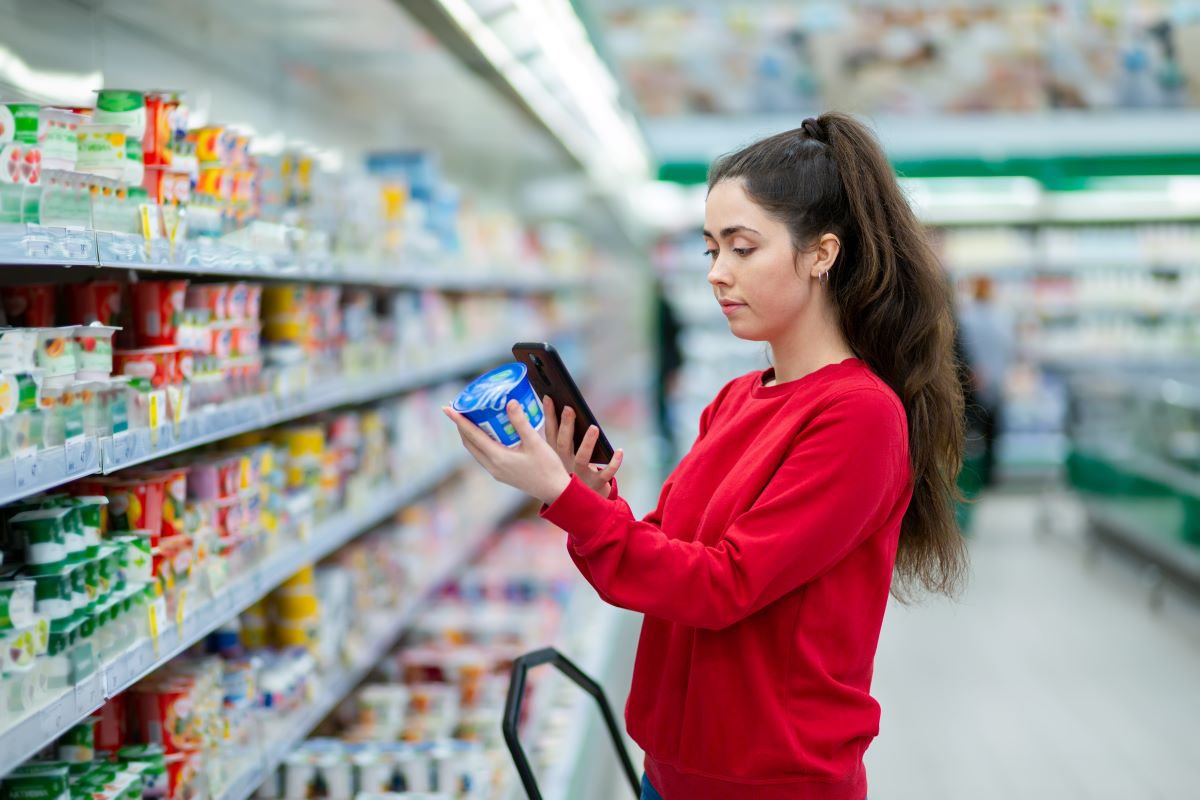
When it comes to food and drinks, not all choices are created equal. Some items on the shelves are so bad for your health that they’re almost legendary. Here’s a list of some of the absolute worst food and drink products—specific brands included—that you might want to avoid at all costs if you care about your nutritional intake. Eat & Drink at Your Own Risk: 20 Foods to Keep Away From Your Family
Featured Image Credit: Shutterstock / Look Studio.
The content of this article is for informational purposes only and does not constitute or replace professional advice.
The images used are for illustrative purposes only and may not represent the actual people or places mentioned in the article.




